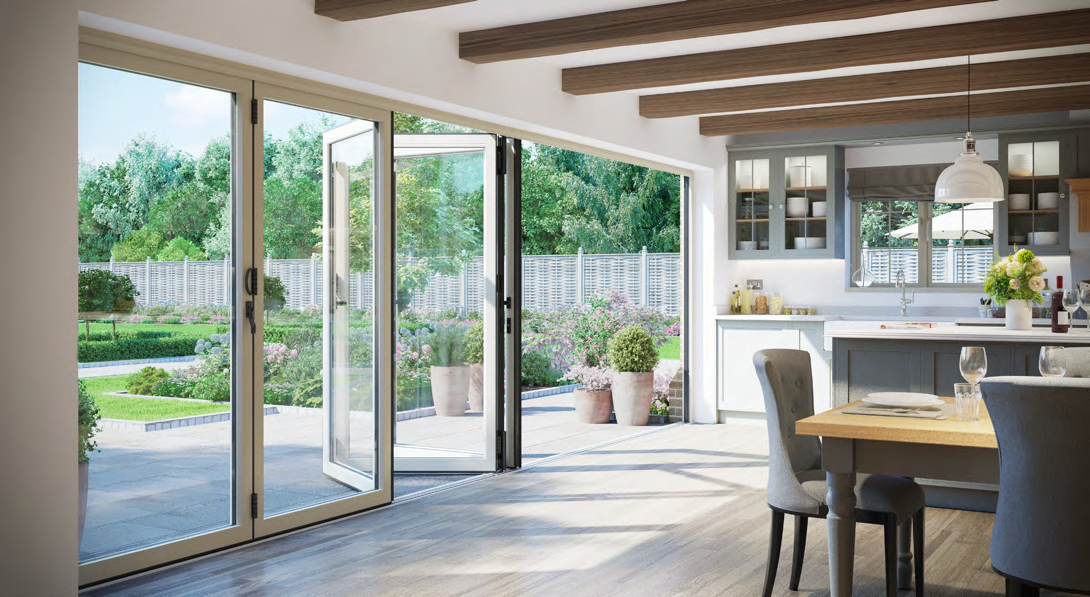- 작성자 Reinaldo
- 댓글 0건
- 조회 71회
- 작성일 2025.07.31
본문
The Comprehensive Guide to Residential Window Installation
Windows are more than simply openings in the walls; they play an essential role in the visual appeals, energy performance, and convenience of a home. Whether you're changing old windows or installing new ones, understanding the ins and outs of residential window installation is vital for house owners. This article offers an in-depth introduction, including kinds of windows, the installation process, costs, and frequently asked questions.
Kinds Of Residential Windows
Before diving into the installation procedure, it is crucial to understand the kinds of windows readily available. Each type offers distinct benefits, features, and styles. Here are a few typical types of residential windows:

| Type | Description | Benefits |
|---|---|---|
| Single-Hung Windows | Features a fixed upper sash with a movable lower sash. | Affordable and simple to run. |
| Double-Hung Windows | Both sashes are operable, permitting flexibility in ventilation. | Enhanced air flow and easy cleansing options. |
| Sash Windows | Hinged at the side and opens outside, supplying outstanding ventilation. | Fantastic energy performance and unobstructed views. |
| Moving Windows | Functions two or more sashes that slide horizontally. | Easy to open and close, ideal for larger areas. |
| Awning Windows | Hinged on top and opens external, enabling ventilation even in rain. | Secures interior from rain while permitting airflow. |
| Bay and Bow Windows | Extends outside from the home, developing a nook and improving visual appeals. | Adds area, light, and visual interest. |
Comprehending these varieties will make it simpler to choose windows that satisfy both energy effectiveness and aesthetic requirements.
The Installation Process
Installing windows in a residential setting involves numerous actions. Here's a comprehensive outline:
1. Preparation
- Step Window Openings: Accurate measurements are crucial to ensure the new windows fit properly.
- Select the Right Windows: Select window types and designs that complement the home's architecture and fulfill performance needs.
2. Elimination of Old Windows
- Eliminate Interior Trim: Gently pry off the trim around the window to expose the frame.
- Detach the Window Sashes: If suitable, get rid of the sashes by cutting away any caulking or paint seals.
- Remove the Frame: Cut through fasteners holding the window frame, then carefully remove the entire unit.
3. Preparation of the Opening
- Examine and Repair: Check for any damage to the surrounding wall or structure and repair as required.
- Add Insulation: Install insulation to enhance energy performance and lessen drafts.
4. Setting Up the New Window
- Position the Window: Place the new window into the opening, guaranteeing it is level and square.
- Protect the Window: Anchor the window in location utilizing screws or nails.
- Look For Proper Operation: Before sealing, check the window to guarantee it opens and closes easily.
5. Sealing and Finishing
- Insulate and Fill Gaps: Use foam insulation to fill spaces between the window frame and the wall.
- Caulk: Apply outside caulk around the boundary of the window to seal versus water infiltration.
- Reinstall Trim: Once everything is safe and dry, re-install the interior trim to finish the appearance.
6. Final Inspection
- Make sure that all installations are functional, and perform a final check for spaces or drafts.
Cost Considerations
The cost of residential window installation can differ extensively based upon a variety of factors including window type, size, labor fees, and product choices. Here is a simplified breakdown of potential costs:
| Type of Window | Average Cost (Including Installation) |
|---|---|
| Single-Hung | ₤ 300 - ₤ 700 |
| Double-Hung | ₤ 400 - ₤ 800 |
| Sash | ₤ 500 - ₤ 1,000 |
| Moving | ₤ 300 - ₤ 900 |
| Bay and Bow | ₤ 1,000 - ₤ 3,000 |
Factors Affecting Costs
- Material: Vinyl windows are usually cheaper than wooden or fiberglass options.
- Window Features: Custom sizes, energy-efficient glazing, and additional features will increase price.
- Professional vs. DIY: Hiring specialists can reassure quality however may add considerably to costs.
Frequently Asked Questions (FAQs)
1. What is the very best time to set up windows?
- Spring and early fall are ideal for window installation since of moderate temperatures and lower humidity, which make sure ideal conditions for sealing and curing materials.
2. Can I set up windows myself?
- While experienced DIY property owners can manage installation, hiring a professional guarantees proper installation and guarantee protection.
3. How do I preserve my windows after installation?
- Regular check-ups, cleaning tracks, utilizing appropriate window cleaners, and inspecting for drafts can extend the life expectancy of your windows.
4. What are energy-efficient windows?
- Energy-efficient windows include products and innovations created to reduce heat transfer and decrease energy costs. Look for ENERGY STAR ratings for assurance.
5. How long does window installation take?
- Installing a standard-sized window normally takes 30 minutes to an hour. Larger tasks may take a full day or more, especially for multiple windows.
Understanding the complexities of residential window installation can help property owners make notified decisions, ensuring their homes stay comfy, energy-efficient, and aesthetically enticing. Whether going with professional services or embarking on a DIY task, appropriate preparation and execution will considerably boost the home's general worth and function. Choosing the right kind of windows, following a methodical installation procedure, and thinking about long-lasting maintenance will lead to lasting benefits for any homeowner.

댓글목록 0개
등록된 댓글이 없습니다.

